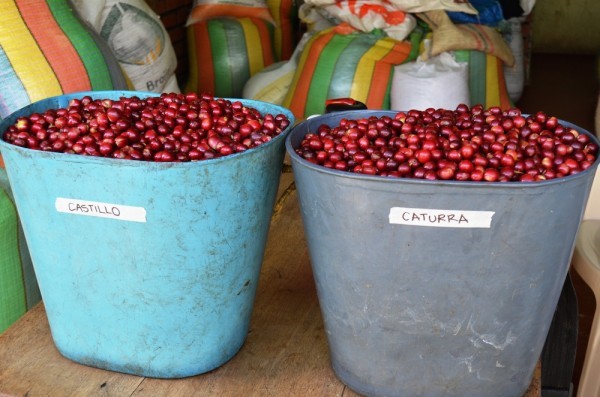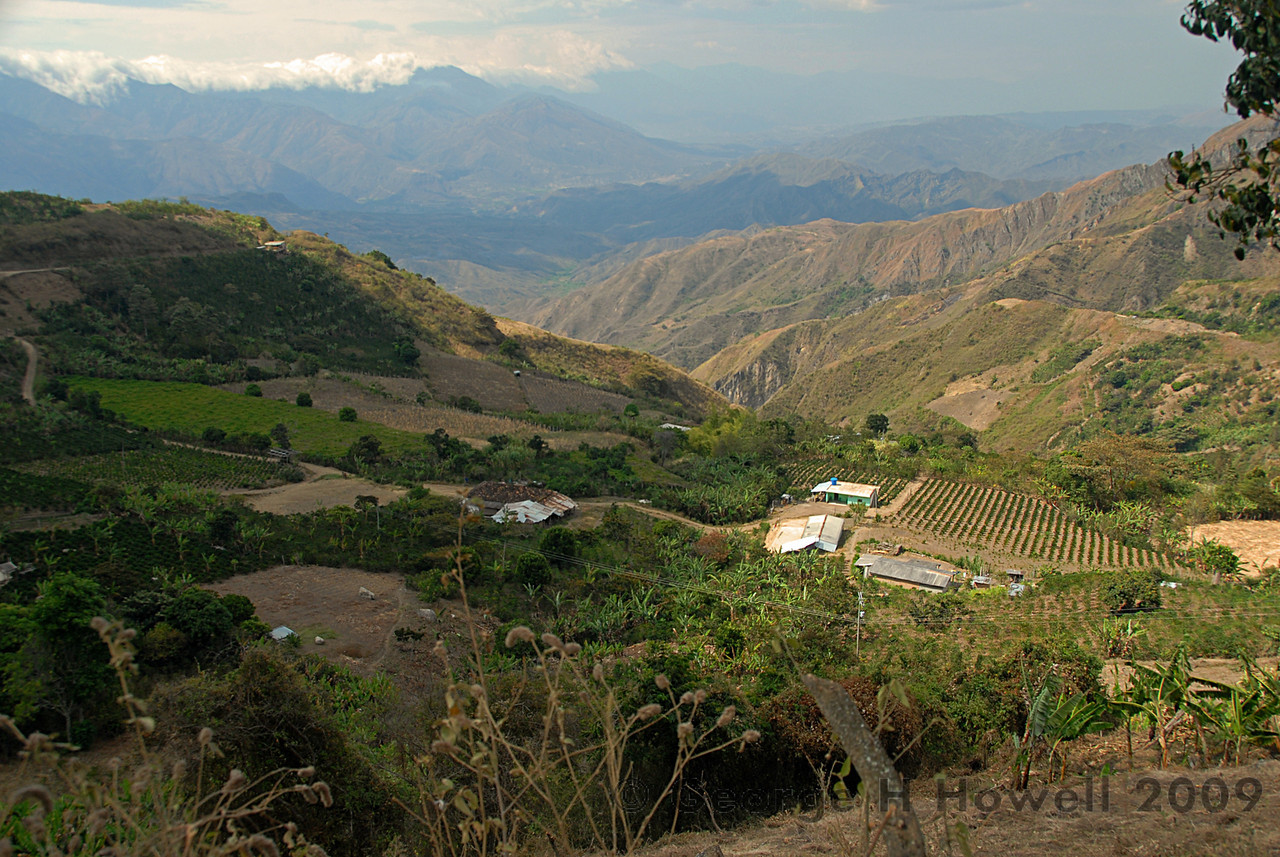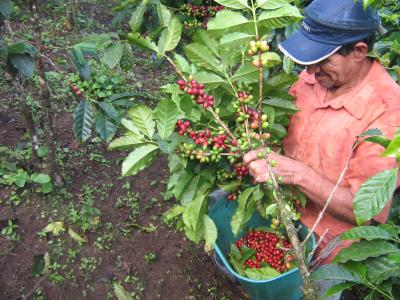Crema Origins: Colombian Taminango Narino Microlot
- 29 Mar 2017
THE COFFEE BEANS
Coffee beans grown on the Taminango Narino Microlot are from the varietals Caturra, Typica and Castillo, at altitudes between 1,300-1,800m above sea level.
Caturra is a mutation of the Bourbon varietal that is short with a thick core, and plenty of secondary branches. It grows well in high altitudes. The higher altitudes produce better quality, but production rate lowers.
Typica is the main coffee varietal that other Arabica cultivars have been developed from. The coffee tree reaches 3-4m in height, with one main vertical trunk and secondary branches that are vertical and grow on a slight slant. Typica coffee has a very low production, but has an excellent cup quality.
Castillo is a cultivar that was developed by the Colombian Coffee Federation that was designed to be resistant to disease and still produce good quality in the cup. It was a controversial issue for a long time, but has since been recognised for being a coffee bean that produces a high yield, is rust-resistant and tastes great.
The farms proximity to the Equator means the coffee can be grown at extreme altitude. Also the number of hours of sun per day and difference in temperature between day and night allows the beans to develop under particular conditions, producing a truly unique taste.
The Colombian Taminango Narino Microlot coffee works exceptionally well in plungers, pour over, Chemex, cold brew and the AeroPress.
Tasting Notes: Starts with an earthy chocolate aroma. An initial burst of currents leads its way to vanilla bean and finishes with a clean hit of chocolate.
Cupping Score: 5/10 Medium Body; 40/60 Acid /Sweet Balance; 8/10 Flavour Strength

LOCATION
Colombia is a country at the northern tip of South America, renowned for its landscapes of rainforests, the Andes Mountains and tens of thousands of coffee plantations. The local economy relies heavily on agriculture, mainly coffee plantations, where almost the entire production of coffee is sold for export.
Taminango is located in Southwest Colombia in the state of Nariño, close to the Ecuador border & Pacific Ocean. The crops are more a family business where all members work during the harvest season.
THE FARM
Taminango, Narino, is located in western Colombia along the pacific coast and near the Ecuador border. It has approximately 40,000 coffee growers with just over 50,000 coffee farms! This means there is a lot of smallholder microlots, and coffee is often sourced from a collection of small farms.

BEAN PROCESSING
The Colombian Taminango Narino coffee beans are fully washed as part of their preparation. The bean processing uses a manual de-pulping machine to remove the cherry skins and pulps, then left to ferment for 12-18 hours. The beans are then washed and the clean beans are often dried on raised beds with plastic coverings (left open on both ends to provide airflow), protecting the beans from the elements and allowing them to dry undisturbed.




